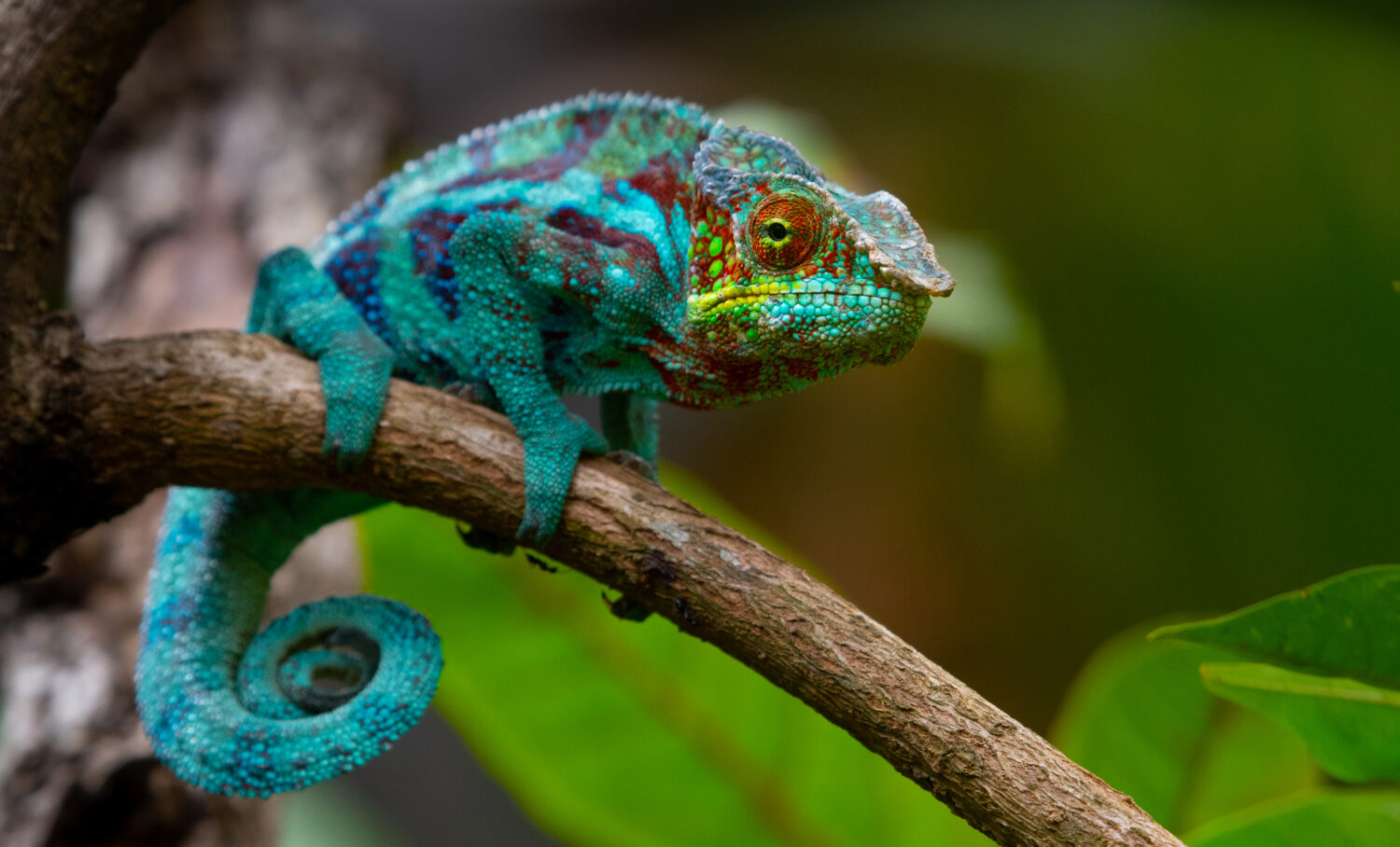What will I learn?
Through studying this course, you will develop the following:
- An understanding of the world around us and how we impact upon;
- An appreciation for the human body and the bodies of other organisms;
- An in depth analysis of living things from the micro to the macro;
- A respect for the scientific method and a respect for evidence;
- Critical thinking skills.
What is the structure of the course?
All students on Higher Level and Standard Level will study the following core topics:
Cell Biology, Biochemistry, Genetics, Ecology, Evolution and Biodiversity, Human Physiology.
Higher Level students will also study these additional topics:
Nucleic Acids, Metabolism, Cell Respiration and Photosynthesis, Plant Biology, Genetics and Evolution, Animal Physiology.
In addition to this, both SL and HL students study one out of a choice of four additional topics. These are:
Neurobiology and Behaviour, Biotechnology and Bioinformatics, Ecology and Conservation, Further Human Physiology.
Higher and Standard Levels
Part 1: Knowledge
Demonstrate knowledge and understanding of:
- facts, concepts, and terminology;
- methodologies and techniques;
- communicating scientific information.
Part 2: Apply
Apply:
- facts, concepts, and terminology;
- methodologies and techniques;
- methods of communicating scientific information.
Part 3: Formulate, analyse and evaluate
Formulate, analyse and evaluate:
- hypotheses, research questions and predictions;
- methodologies and techniques;
- primary and secondary data;
- scientific explanations.
Part 4: Investigation
Demonstrate the appropriate research, experimental, and personal skills necessary to carry out insightful and ethical investigations.
How will I be assessed?
Assessment
Higher Level
Standard Level
Part 1: Knowledge
External – Paper 1 (1 hour) – 40 multiple choice questions (20% of final grade)
External – Paper 1 (0.75 hours) – 30 multiple choice questions (20% of final grade)
Part 2: Apply
External – Paper 3 (1.25 hours) – Data based, short answer and extended response questions (24% of final grade)
External – Paper 3 (1 hour) – Data based, short answer and extended response questions (20% of final grade)
Part 3: Formulate, analyse and evaluate
External – Paper 3 (1.25 hours) – Data based, short answer and extended response questions (24% of final grade)
External – Paper 3 (1 hour) – Data based, short answer and extended response questions (20% of final grade)
Part 4: Investigation
Internal (10 hours) – An investigation and write-up, usually 6-12 pages in length (20% of final grade)
Internal (10 hours) – An investigation and write-up, usually 6-12 pages in length (20% of final grade)
Frequently Asked Questions
Which CAS opportunities are available?
Science Club, Extra-Curricular Trips, Debating Club.
Which opportunities for further study are available?
Studying Biology will open doors to many fascinating and rewarding careers and opportunities to study further. Biology will be a perfect starting point if you wish to study medicine, biotechnology, nanotechnology, nursing, biomedicine, veterinary science, dentistry, forensics, physiotherapy and many more.



